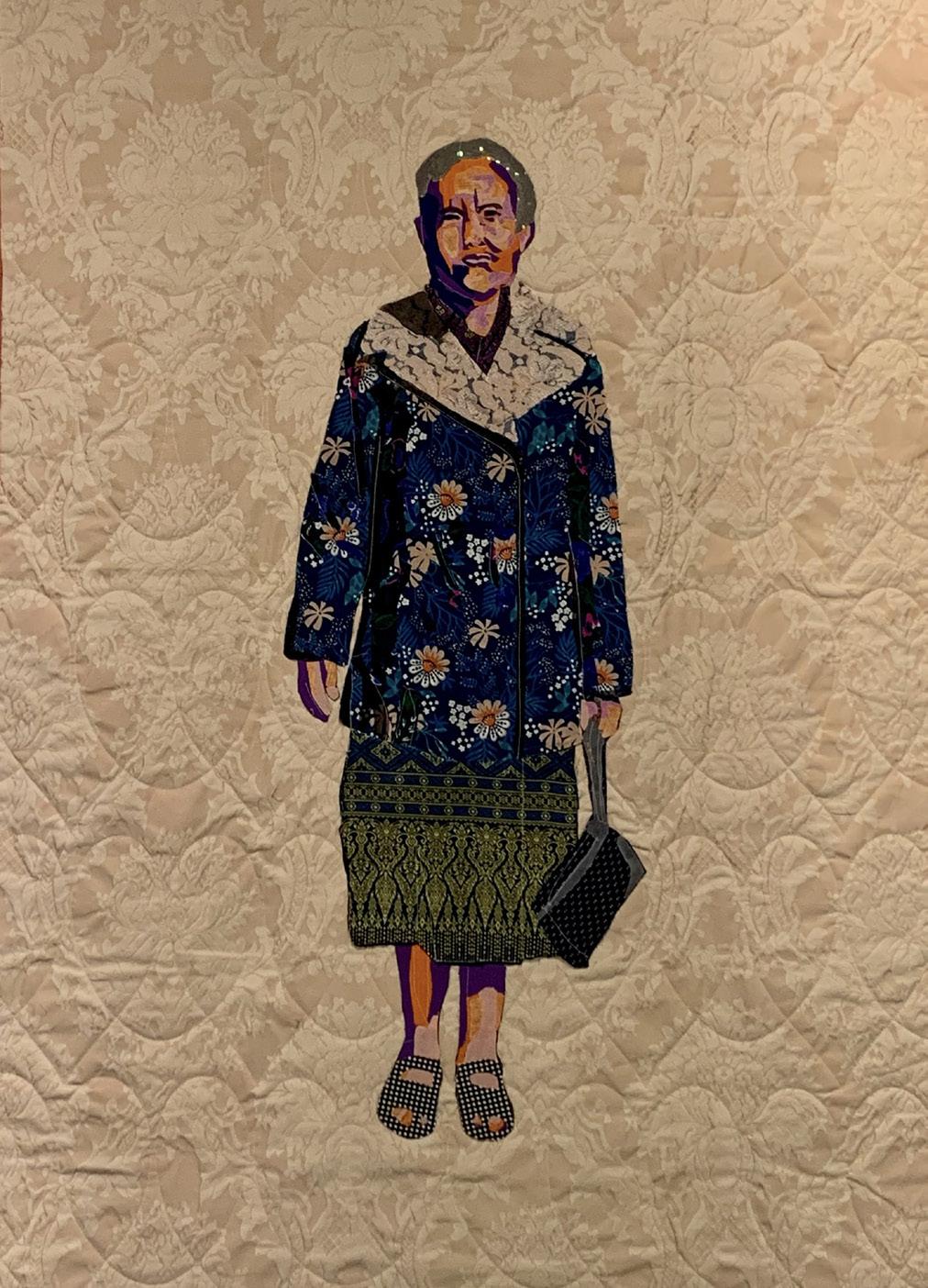
1 minute read
How to See Like An Artist
How To See
Like An Artist
Advertisement
To start training your artist’s eye, you’ll need to look at observing art proactively rather than passively; start paying attention to important concepts in art and design to broaden your perception!
Negative Space and Positive Space are areas that focus the viewer’s attention on specific areas of a piece, bring balance and harmony to composition, and help to create a sense of depth. Positive space refers to areas of interest or focus in a piece, usually tangible objects or features like a face, a tree, etc. Negative space refers to the areas surrounding the positive space, shares edges with it, and helps to define it. A good relationship between negative and positive space can bring harmony to a composition. Remember our studies on the Golden Ratio and Line - how can lines and elements be used to lead the eye in a piece of art? What can the artist be communicating with their manipulation of lines in a composition? Train your eye to pick up on leading lines in art, and observe how it impacts you as a viewer.
Contrast refers to the juxtaposition of opposite elements in a piece; this arrangement of opposites can have powerful effects on the composition and the viewer. Contrast can be used with color, texture, shape, line, and more!
We’ve already studied Color - how can principles of color theory help us observe and perceive elements of art? How is color used in some of these pieces, like Anna K Bett’s work seen to the left? Check out Anna’s piece “Resilience” during ArtPrize at Cornerstone Heritage Hill!










